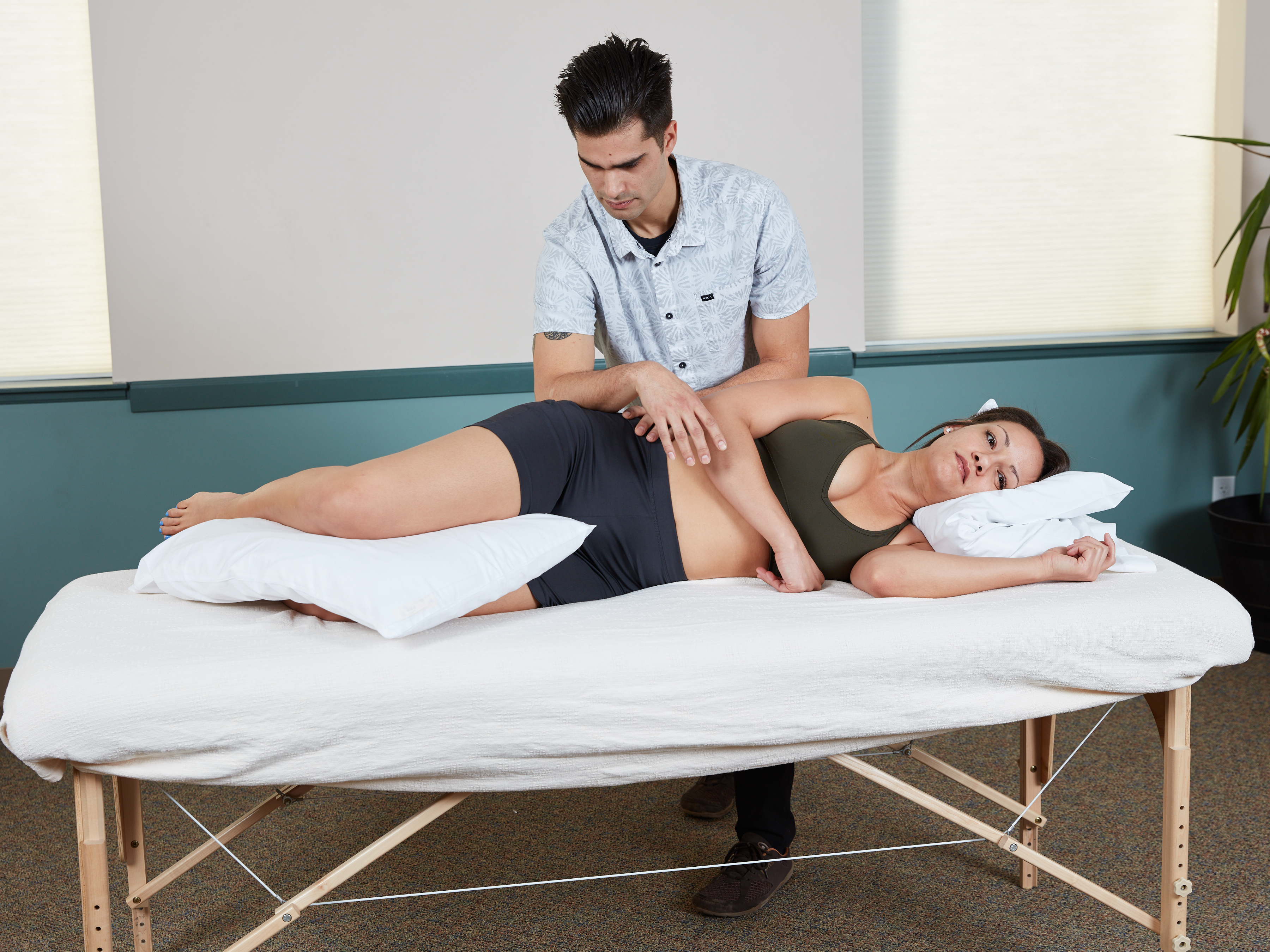Dr. Ida Rolf Institute News
Rolfing® for Foot Pain | Improve Alignment & Ease Discomfort
Rolfing® for Foot Pain Relief
Rolfing® for foot pain can make every step easier—improving mobility, posture, and overall quality of life. Rolfing® Structural Integration takes a whole-body approach, addressing the fascial imbalances and movement patterns that contribute to discomfort in the feet and beyond. By improving alignment and restoring balance, this method can help you move with greater ease and resilience.
Balancing Act: How Rolfing® Structural Integration Helps Relieve Foot Pain
From a Rolfing® Structural Integration perspective, foot pain is rarely an isolated problem. The feet are part of an interconnected system of fascia—the connective tissue that supports, stabilizes, and links every part of the body. When this network becomes restricted or misaligned, it can create imbalances that lead to pain not only in the feet, but also in the legs, hips, and spine.
A Certified Rolfer™ works to identify and release these restrictions, restoring balance throughout the fascial network. By improving posture and gait, weight and pressure are more evenly distributed across the feet, reducing strain and helping prevent future issues. Many clients find that as alignment improves, they can move more naturally, with less effort and discomfort.
Rolfing® is designed to address the root causes of foot pain—whether related to overuse, poor biomechanics, or long-standing structural patterns—so the body can adapt in a healthier way and maintain comfort over time.
Common Foot Conditions Addressed with Rolfing®
Rolfing® can support recovery and comfort for many foot-related issues by improving alignment, releasing fascial restrictions, and balancing movement patterns. Below are some common conditions that may benefit from Rolfing® Structural Integration:
-
Plantar Fasciitis: Inflammation of the plantar fascia, often from overuse, poor footwear, or abnormal foot mechanics.
-
Flat Feet (Pes Planus): Collapsed arches that can cause overpronation and strain on muscles and ligaments.
-
High Arches (Pes Cavus): Excessive arch height that can lead to underpronation and increased pressure on the ball and heel.
-
Achilles Tendonitis: Inflammation of the Achilles tendon from overuse or tight calf muscles, causing heel pain.
-
Metatarsalgia: Pain in the ball of the foot, often linked to high-impact activities, ill-fitting shoes, or abnormal mechanics.
-
Morton’s Neuroma: Thickening of tissue around a nerve to the toes, usually causing pain between the third and fourth toes.
-
Bunions: Bony bumps at the base of the big toe, often from genetics or narrow footwear.
-
Hammer Toes: Toes bent into a claw-like position, often due to muscle imbalances or tight footwear.
-
Stress Fractures: Small bone cracks from repetitive stress or overuse, after the fractures have healed.
-
Arthritis: Joint inflammation that reduces mobility; includes osteoarthritis and rheumatoid arthritis.
-
Overpronation / Supination: Excessive inward or outward rolling of the foot that alters weight distribution and increases strain.
Step Toward Lasting Relief
From a Rolfing® Structural Integration perspective, foot pain is often the result of larger structural imbalances—not just a local issue. By realigning and balancing the body’s fascia, improving posture, and enhancing movement efficiency, Rolfing® can help reduce strain on the feet while supporting overall mobility and comfort.
Every session is tailored to your unique structure and needs, helping you move with greater ease, stability, and confidence.
Find a Certified Rolfer™ Near You today and take your first step toward lasting comfort, better movement, and improved quality of life.